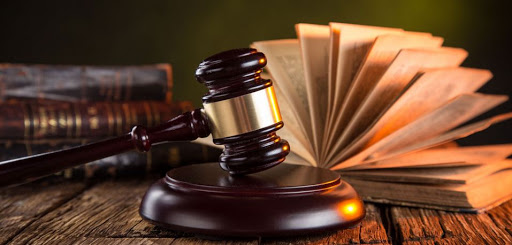Let’s say one of your vendors filed for bankruptcy some months ago.
You filed your company’s claim, knowing that any bankruptcy distribution to your company will be minimal.
You filed a claim, wrote off what you could, chalked the loss off to bad karma, and you went about your company’s business.
And now, months later, you receive a letter from the bankruptcy trustee demanding that your company repay to the debtor all the payments it received from the debtor in the last weeks before the bankruptcy.
How can this be?
Unfortunately, it’s true. A bankruptcy court’s demand for repayment of such funds is called a “preference demand.”
The Bankruptcy Code allows a debtor, under certain circumstances, to get back from a creditor a “preference” – any payments made to the debtor within 90 days of the filing of the bankruptcy petition.
The purpose of this statute is to prevent a debtor from favoring one creditor over another a short time before the bankruptcy is filed.
Statutory defenses exist to a preference claim, including contemporaneous exchange, issuance of new value, or acting in the ordinary course of business.
While creditors may be generally aware of preferences in bankruptcy, many creditors are not aware of how long after a bankruptcy filing such claims can be made.
Generally, a formal prefer-ence action must be filed by the later of (1) two years after the order for relief or one year after the appointment of a trustee, if that is earlier than the order for relief; or (2) the closure or dismissal of the bankruptcy.
This means that a preference demand may arrive long after you have forgotten about the bankruptcy.
So, if a customer files for bankruptcy, keep monitoring your mail/email for a potential preference claim.
Contact FOS with questions.




